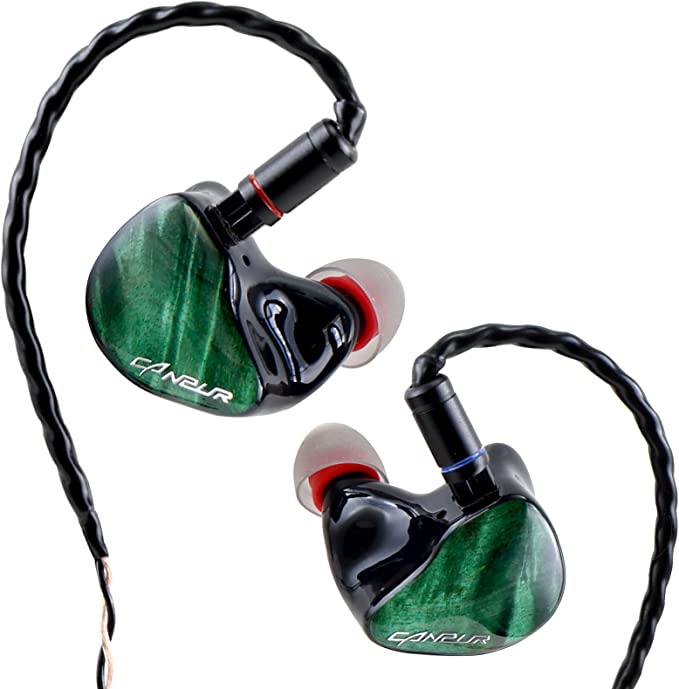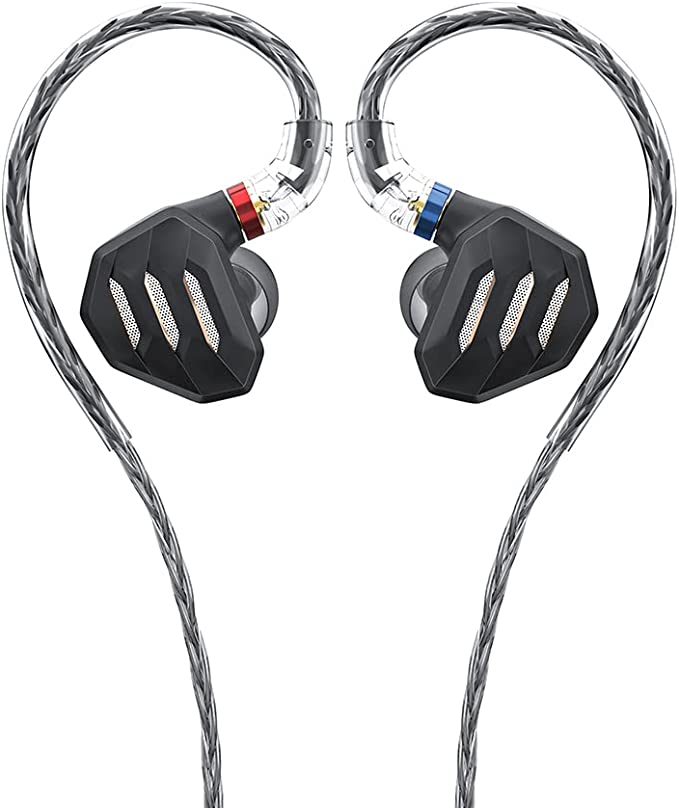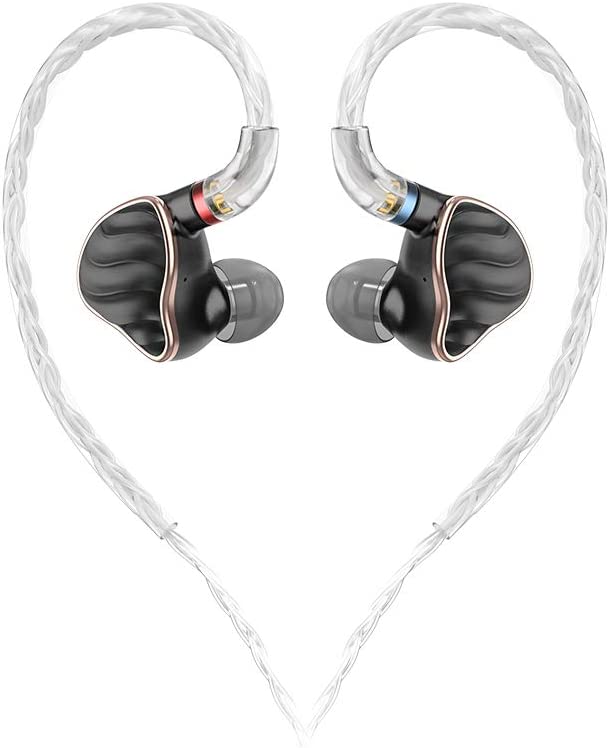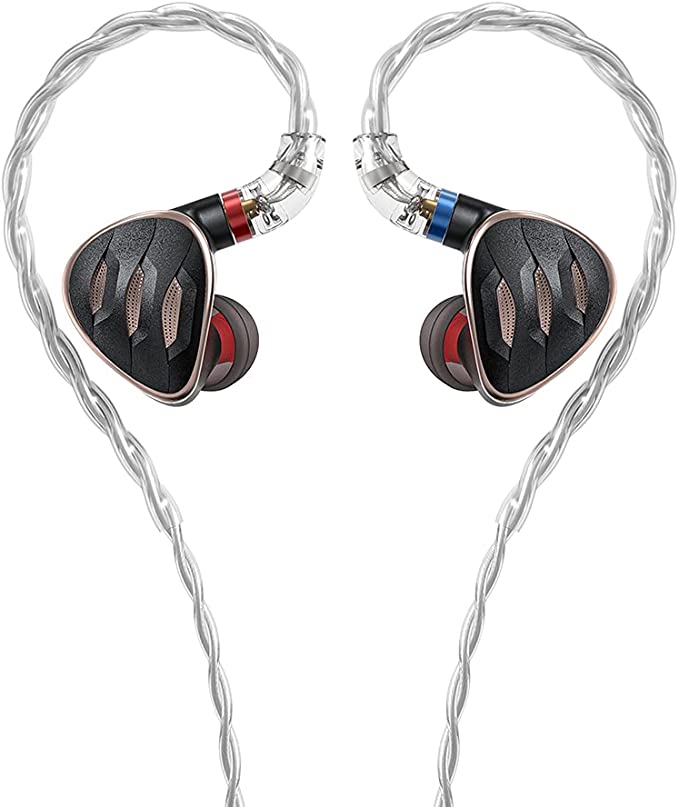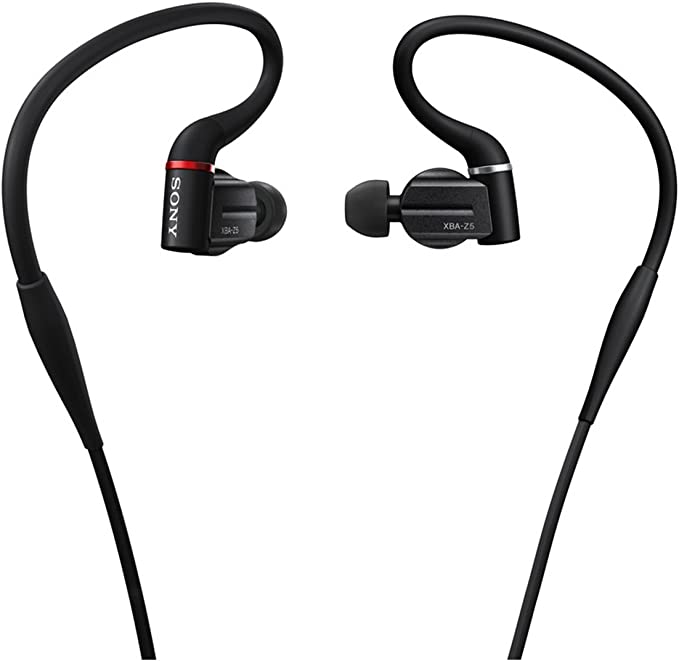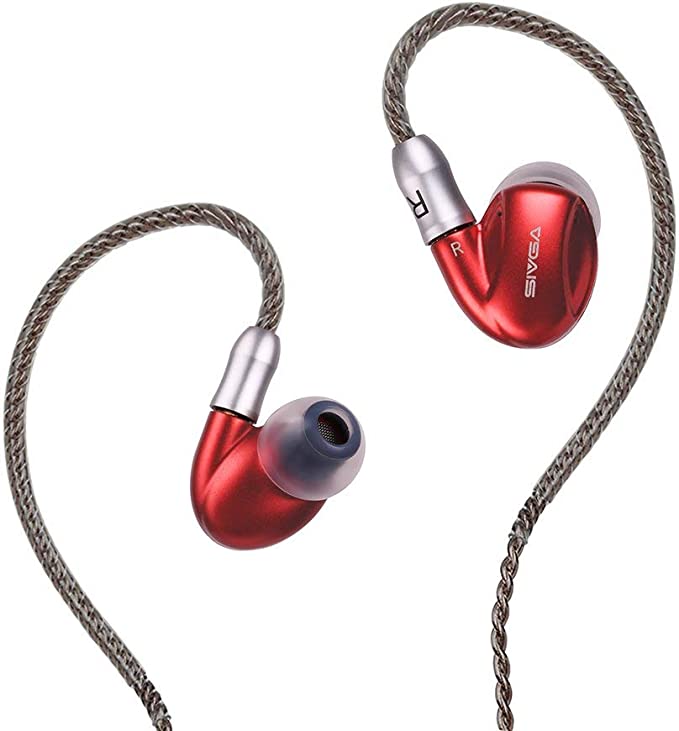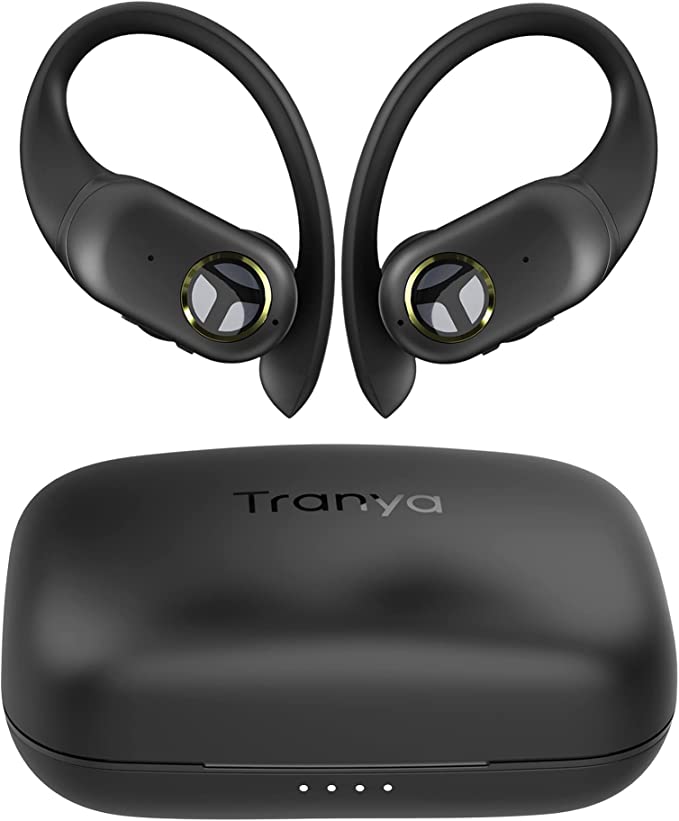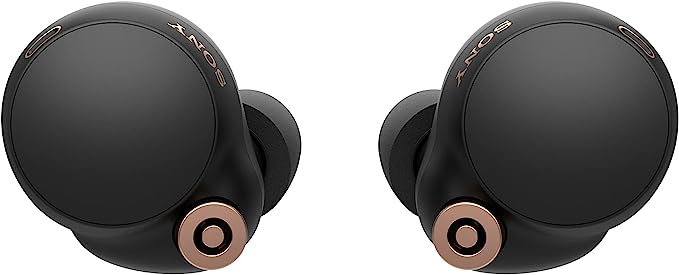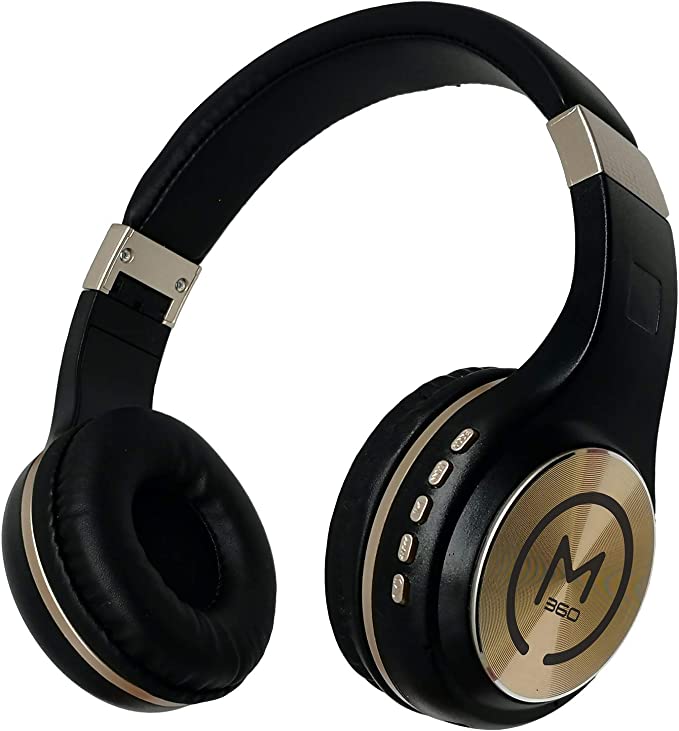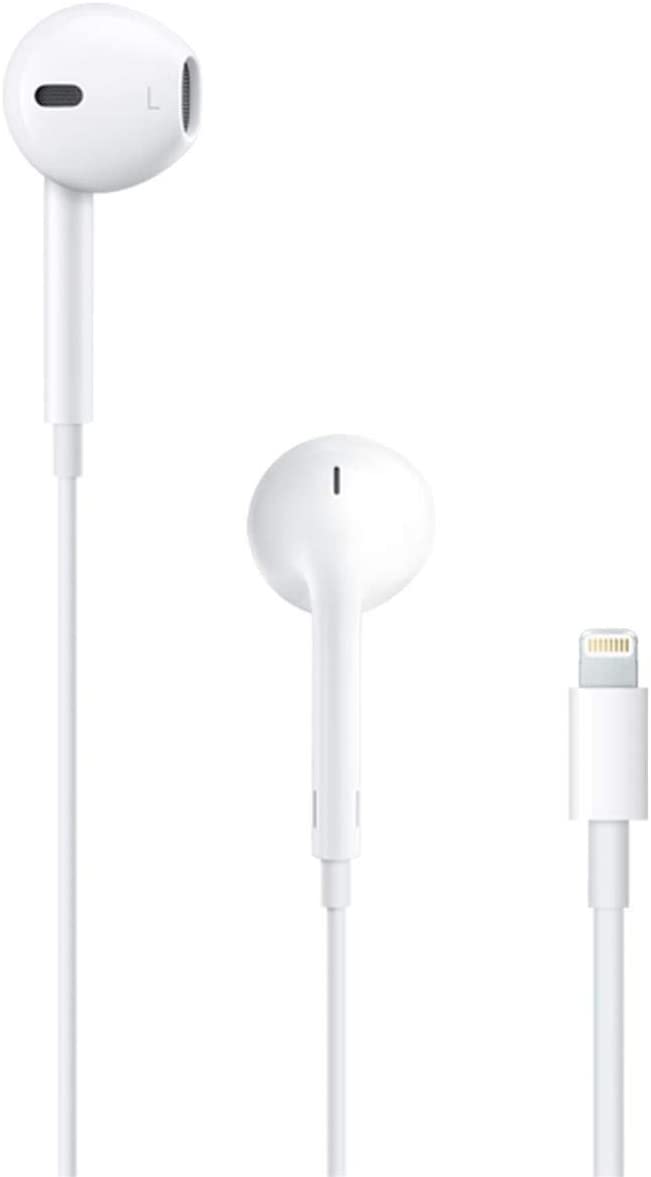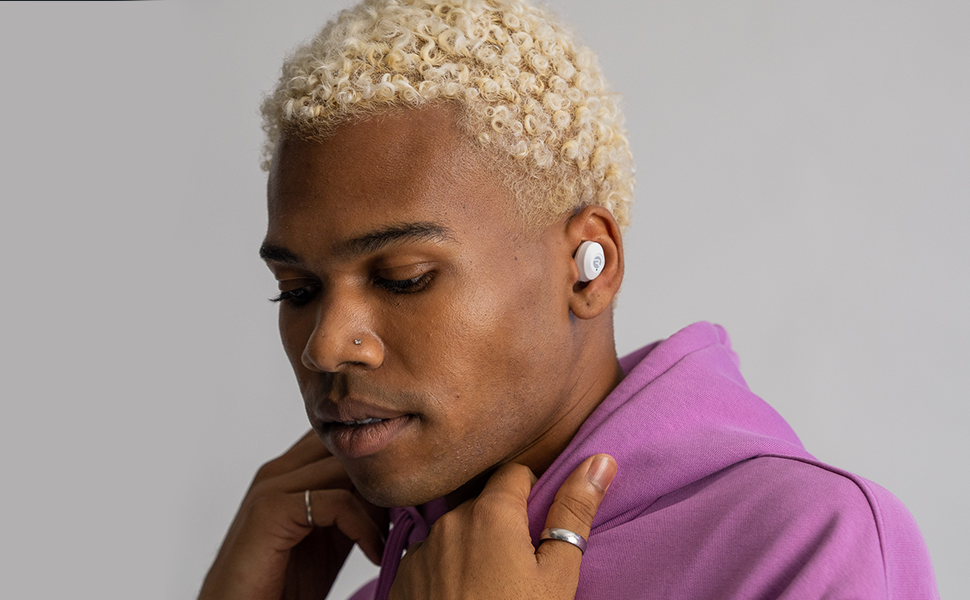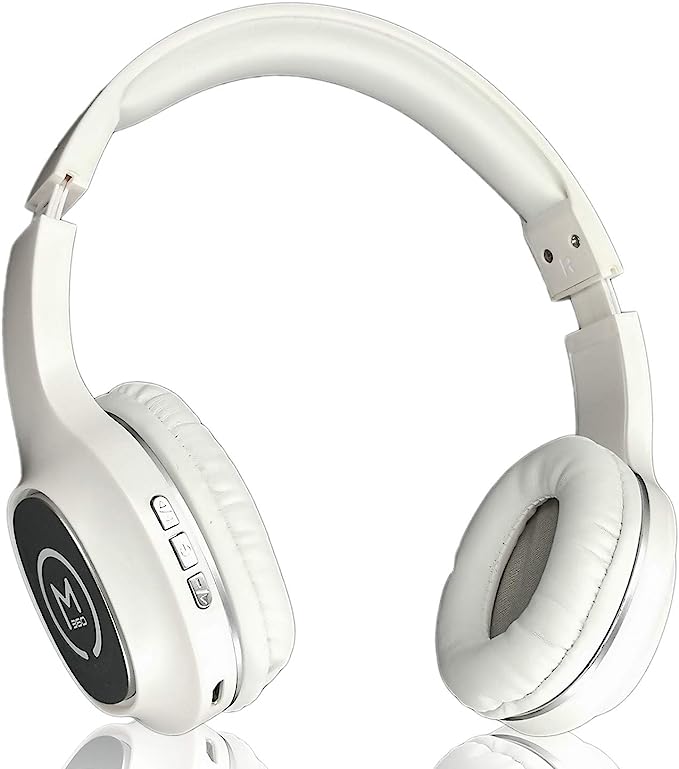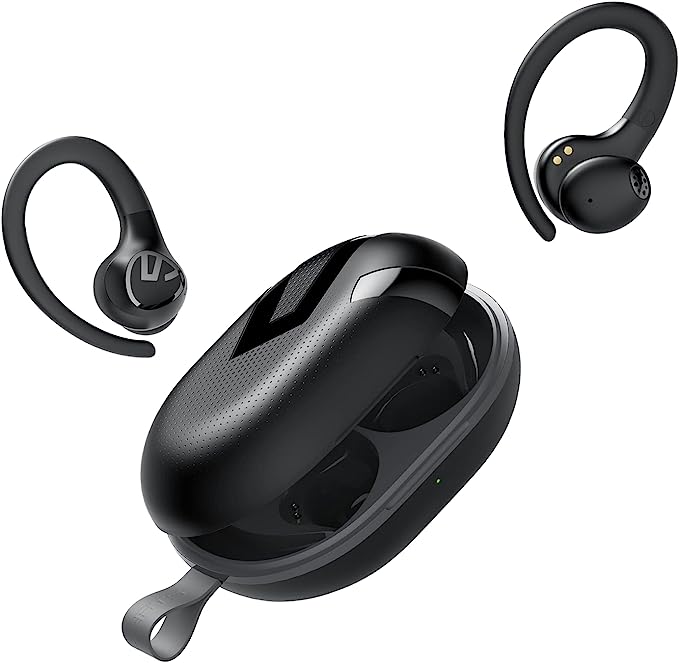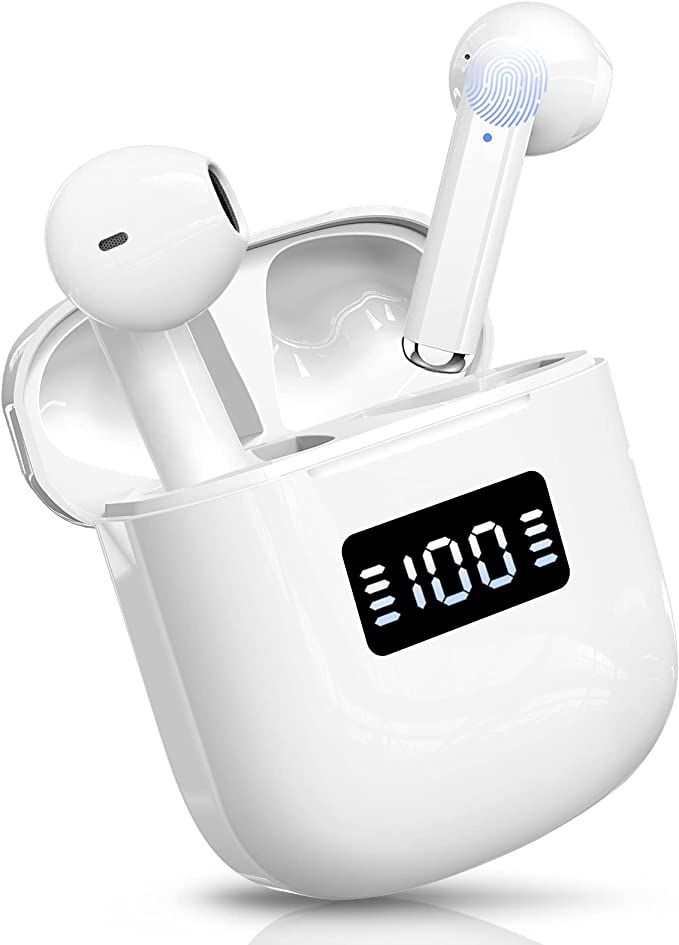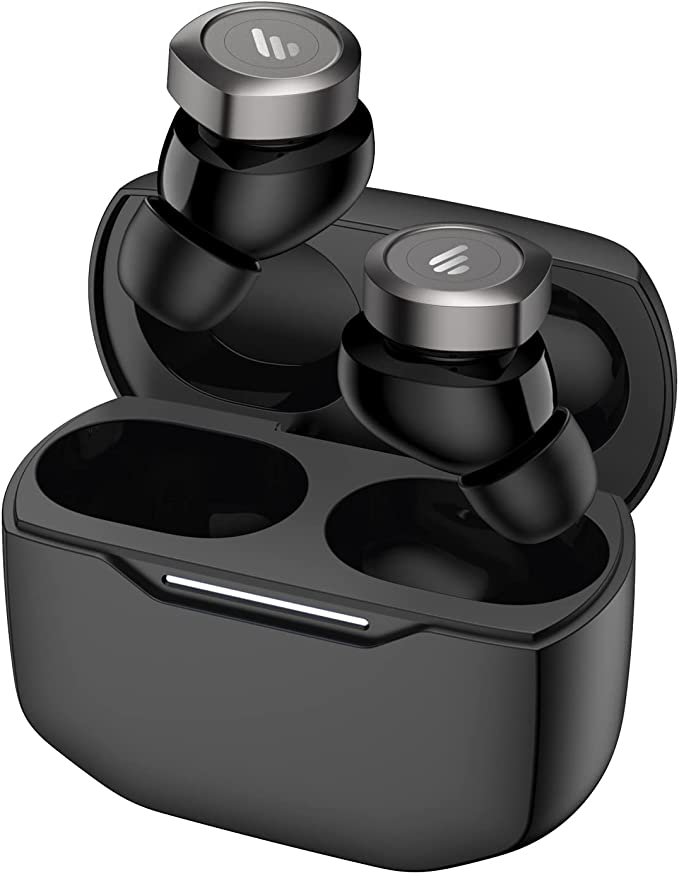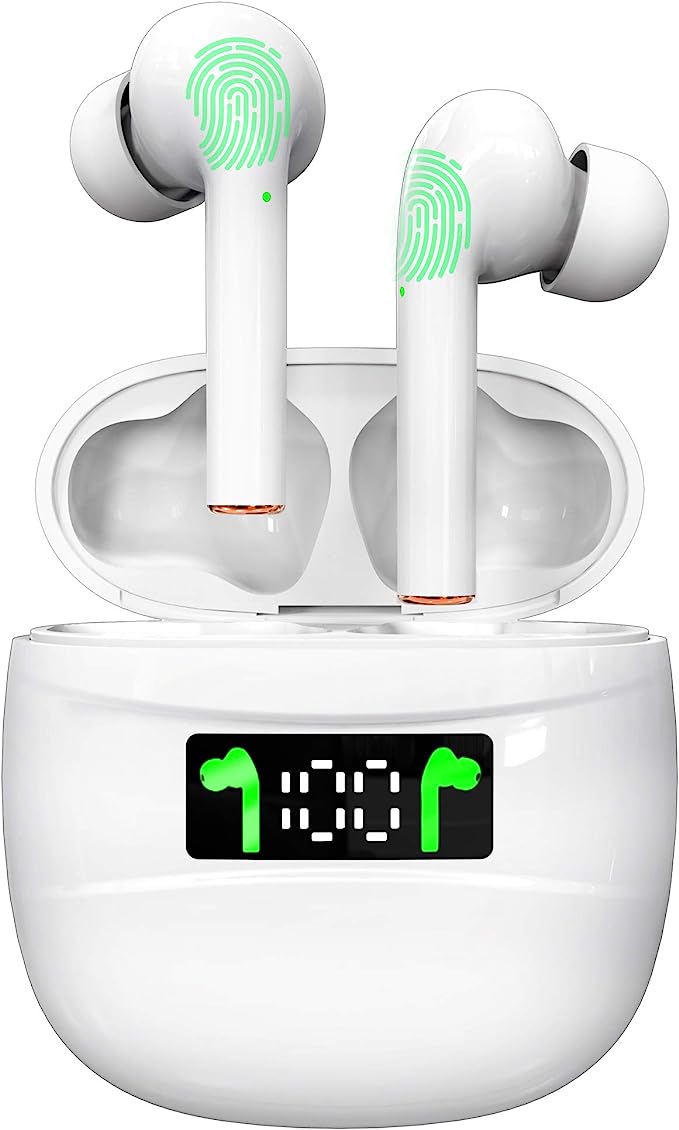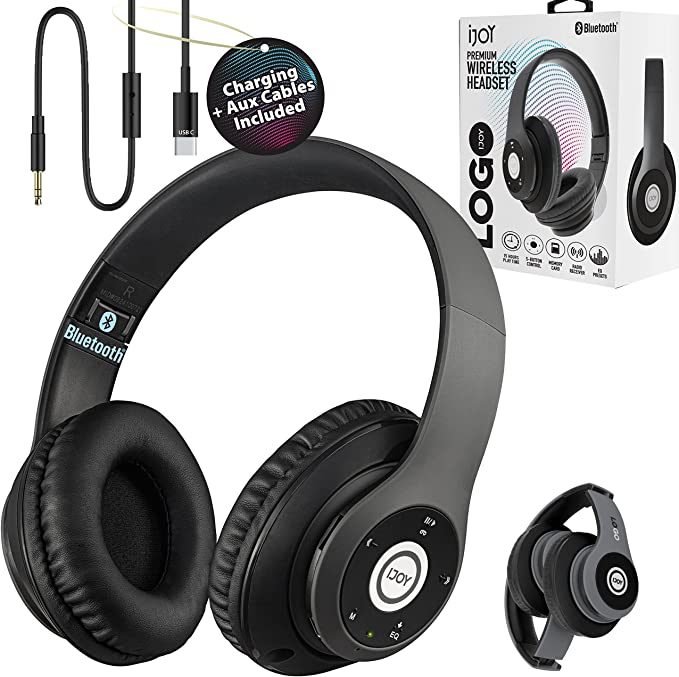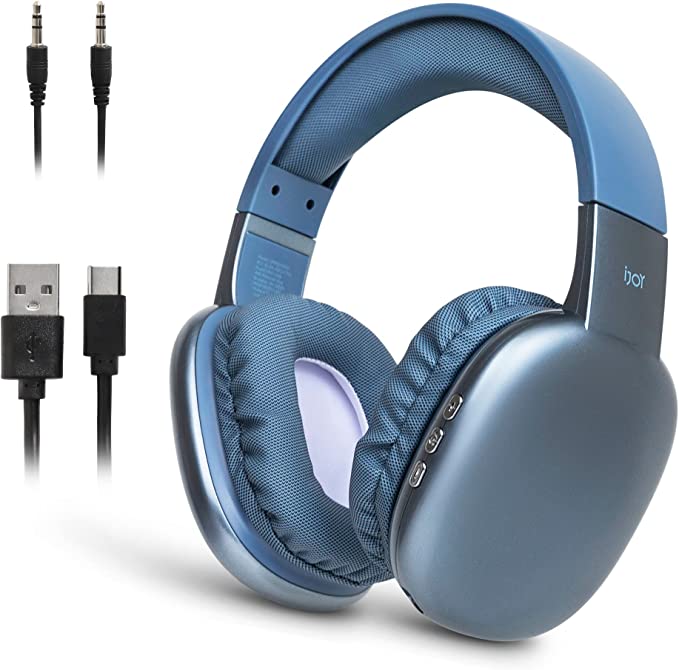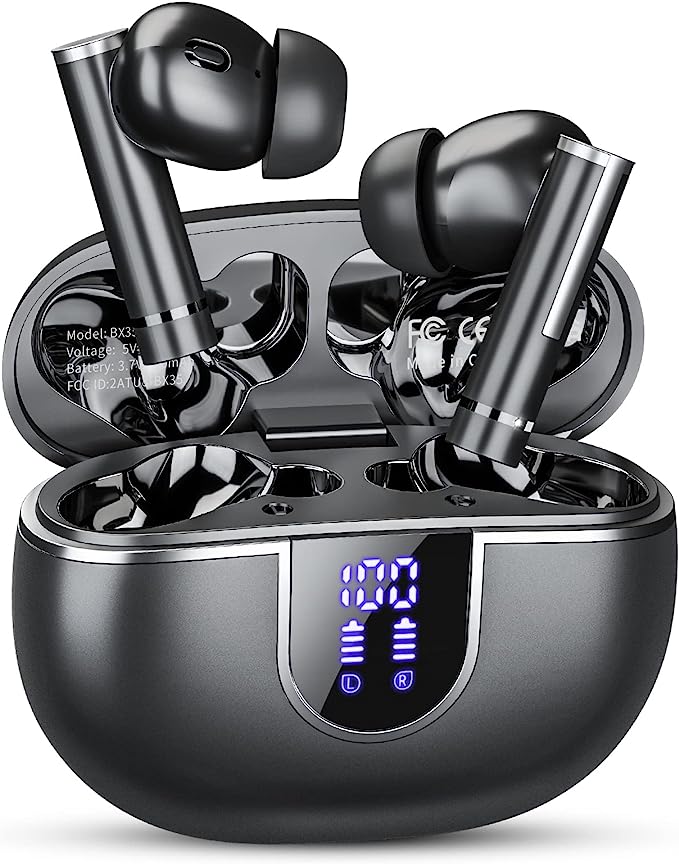IEM KZ ZS10 HiFi In-Ear Earbuds: Excellent Sound Quality and Detail Retrieval Powered by 5 Drivers
Update on June 24, 2025, 11:51 a.m.
Ever found yourself listening to your favorite tunes on a pair of run-of-the-mill earbuds and thinking, “Is this all there is?” Maybe the bass sounds a bit like a muffled pillow fight, or the high notes have all the subtlety of a smoke alarm. You crave that immersive, detailed sound you’ve heard about – “Hi-Fi” audio – but a glance at the price tags of some high-end gear makes your wallet whimper. What if I told you there’s a whole world of better sound waiting to be discovered, and sometimes, the entry ticket is surprisingly affordable? Let’s talk about a fascinating little contender: the IEM KZ ZS10 HiFi In-Ear Earbuds. With a claim of five “drivers” per ear and a price tag hovering around $60, it certainly piques curiosity. But what does all that tech actually do for your music?

Meet the Orchestra: The Hybrid Ensemble Inside the KZ ZS10
First off, what’s a “driver” in an earphone? Think of it as the tiny, dedicated musician – or rather, the miniature loudspeaker – inside each earpiece responsible for turning electrical signals from your device into the sound waves that dance into your ears. The KZ ZS10 doesn’t just have one; it packs a team of five in each ear, using a “hybrid” approach. This means it combines different types of drivers, each playing to its strengths, much like an orchestra uses various instruments to create a rich, full sound.
The Unsung Hero: What IS a “Driver” Anyway?
Before we meet the ZS10’s specific ensemble, let’s nail this down. Every headphone or earbud has at least one driver. It’s the heart of the sound-making process. The quality, type, and number of drivers significantly influence what you hear.
The Bassist with the Big Voice: The Dynamic Driver (DD)
In the KZ ZS10, one of these five musicians is a Dynamic Driver (DD). Imagine the big, round woofer in a traditional home stereo speaker, the one that makes the room vibrate during an action movie explosion. A dynamic driver in an earphone is essentially a miniaturized version of that. It typically uses a diaphragm (a thin, cone-like or dome-shaped membrane) attached to a voice coil, which sits within a magnetic field. When the audio signal flows through the coil, it moves the diaphragm back and forth, pushing air and creating sound waves.
Dynamic drivers are renowned for their ability to move a good amount of air, making them naturals at producing robust, impactful lower frequencies – the bass and sub-bass that give music its warmth, body, and oomph. The ZS10 entrusts its sole dynamic driver with this crucial task, aiming to reproduce those deep rumbles and satisfying thumps. The product information mentions it can reach down to a claimed 7Hz. While you might not “hear” 7Hz as a distinct tone (human hearing typically bottoms out around 20Hz), this capability suggests a driver designed to deliver a powerful and extended low-end presence that you might feel as much as hear.

The Nimble Virtuosos: The Balanced Armature (BA) Quartet
Playing alongside the dynamic driver in each ZS10 earpiece is a quartet of Balanced Armature (BA) drivers. These are a different breed of sound producer altogether, often found in professional in-ear monitors and hearing aids due to their precision and small size.
Unlike the larger, air-moving diaphragm of a dynamic driver, a BA driver works more like a tiny, highly precise seesaw. It has a miniature reed (the “armature”) balanced between two magnets, surrounded by a coil. When an audio signal energizes the coil, the armature vibrates. This vibration is then transferred to a very small, stiff diaphragm, which in turn creates sound waves.
BA drivers excel where dynamic drivers might sometimes struggle (especially less expensive ones):
* Detail and Clarity: They are incredibly good at reproducing midrange and high-frequency sounds with exceptional clarity, speed, and detail. Think crisp vocals, the shimmer of cymbals, the intricate textures of string instruments.
* Efficiency: They often require less power to produce a given volume.
* Compactness: Their small size allows manufacturers to fit multiple BAs into a single earpiece, each potentially tuned for a specific part of the frequency spectrum.
The KZ ZS10 dedicates its four balanced armature drivers to handle the midrange and treble. The goal here is to deliver that clarity in your favorite singer’s voice, the distinct snap of a snare drum, and the airy extension of high notes, with the product specs claiming a reach up to a lofty 40,000Hz.
The Conductor’s Baton: The Crossover (The Unseen Hand)
Now, you can’t just throw five drivers into an earpiece and hope for the best. That would be like having five musicians in a room all trying to play every part of a symphony at once – a recipe for a muddy, incoherent mess. This is where a crucial, albeit often invisible, component called a crossover network comes in.
Think of the crossover as the orchestra’s conductor. Its job is to take the incoming full-range audio signal and intelligently divide it, sending the appropriate frequency ranges to the drivers best equipped to handle them. So, the deep bass notes go to the dynamic driver, while the mids and highs are directed to the various balanced armature drivers. A well-implemented crossover ensures that all the drivers work together harmoniously, creating a smooth, cohesive sound rather than a jumble of competing noises. While the provided text for the KZ ZS10 doesn’t detail its specific crossover design (which is common for many IEMs), its presence is essential for a multi-driver hybrid system to function effectively.
Beyond the Numbers: Decoding the KZ ZS10’s Sonic Blueprint
Manufacturers love to throw numbers at us – frequency response, impedance, sensitivity. These specs can offer clues to an earphone’s performance, but they don’t tell the whole story. Let’s try to understand what some of the KZ ZS10’s key figures mean in practical terms.
The 7Hz - 40,000Hz Enigma: Hearing the Unhearable?
The KZ ZS10 boasts a claimed frequency response range of 7Hz to 40,000Hz (or 40kHz). This looks impressive on paper, especially when you consider that the generally accepted range of human hearing is about 20Hz to 20,000Hz (20kHz), and this range often narrows with age. So, what’s the point of an earphone reproducing frequencies we can’t directly perceive as distinct tones?
* The Very Low End (like 7Hz): Frequencies this low are often more felt than heard. Think of the deep rumble from a subwoofer that you can feel in your chest at a concert or in a cinema. While the ZS10 is an in-ear device and won’t shake your body, a dynamic driver capable of responding to such low frequencies might contribute to a sense of fullness, impact, and a more visceral bass experience, even if the fundamental tones are slightly above that 7Hz mark.
* The Very High End (like 40kHz): Similarly, most of us can’t hear a pure 40kHz tone. However, the ability of a driver (or drivers, in this case, the BAs) to respond to such high frequencies can be indicative of its speed, accuracy, and low distortion in the upper audible range. More importantly, musical instruments produce not just fundamental tones but also a complex series of harmonics (or overtones) that extend well above the main note. These harmonics contribute significantly to an instrument’s unique timbre (its characteristic sound) and the overall sense of realism, “airiness,” and openness in music. An earphone that can accurately reproduce these higher-frequency components, even if some are beyond our direct pitch perception, can make the music sound more natural, detailed, and spacious.
So, while you won’t be tapping your foot to a 7Hz beat or marveling at a 40kHz whistle, this wide frequency response suggests a driver system engineered with the potential for deep bass and extended, nuanced treble – it’s about capturing the full tapestry of sound, including its subtle textures.
Easy to Please: 32 Ohms and 104dB Sensitivity
Two other numbers you’ll see are impedance (measured in Ohms) and sensitivity (measured in dB/mW). For the KZ ZS10, these are 32 Ohms and 104dB/mW respectively. Without getting bogged down in electrical engineering, here’s the takeaway: these figures generally indicate that the ZS10 is relatively easy to drive.
This means you likely won’t need a powerful, dedicated (and often expensive) headphone amplifier to get them to play at satisfying volume levels and perform well. Your average smartphone, laptop, or portable music player should have enough juice to make the ZS10s sing. Think of it like a car with good fuel efficiency – it doesn’t need a massive engine to get going. This is a practical plus for everyday listening.
Your Personal Sound Booth: The Magic of In-Ear Isolation
The “In Ear” part of “In-Ear Monitors” is key. Unlike headphones that sit on or over your ears, IEMs like the ZS10 are designed to be inserted into your ear canal, creating a seal. This design inherently provides passive noise isolation. Essentially, the earpiece itself acts as a physical barrier, blocking out a significant amount of ambient noise from your surroundings.
This is fantastic for a couple of reasons:
1. Immersion: You can focus more on your music without distractions from the outside world.
2. Lower Listening Volumes: Because external noise is reduced, you can often listen at lower, safer volume levels while still hearing all the detail, which is better for your long-term hearing health.
The effectiveness of this isolation, and indeed the overall sound quality (especially bass response), heavily depends on achieving a good seal with the eartips. This is why most IEMs, including the ZS10, come with multiple sizes of eartips.
From the Lab to Your Ears: Real-World Harmony (and a Few Off-Notes)
Technical specifications and design philosophies are one thing; how an earphone actually sounds and feels in the real world is another. The provided user feedback for the KZ ZS10 offers some valuable insights into this transition from an engineering concept to a listening experience.
One user, L. Scott, who uses IEMs for live performances and sound engineering, praises the ZS10 for a “very flat frequency response,” meaning it doesn’t excessively boost or cut certain frequencies. This is highly desirable for professional monitoring because it allows the user to hear the audio as accurately as possible, without coloration from the earphones themselves – crucial for making mixing decisions or hearing your instrument faithfully on stage. This suggests the ZS10’s five-driver system is capable of a balanced and revealing presentation.
On the other hand, another user, Skidz, describes the sound as “fuller” with “deep/rich bass (not muddy),” which points towards an engaging and enjoyable listen for music enthusiasts. This doesn’t necessarily contradict the “flat response” comment; an earphone can be both accurate and musically satisfying, especially if the bass is well-controlled and extends deep, as a good dynamic driver can achieve.
However, a common thread in user feedback, and a very practical one, concerns the eartips and the cable. Skidz and Alessio both suggest that the stock silicone eartips might not be ideal for everyone, with Skidz explicitly recommending an upgrade to Comply foam tips (specifically the TX-500 model). Foam tips often provide a better seal, enhanced comfort for long listening sessions, and can sometimes subtly improve bass response and isolation compared to standard silicone tips. This is a common experience with many IEMs, not just the ZS10 – finding the right eartip is a very personal journey.
The cable also gets a mention, with Skidz noting it “tends to get tangled” and L. Scott pointing out some ergonomic quirks for his “big head” but also appreciating the moldable ear-hook section. The good news here is the detachable cable system used by the ZS10, which employs a common 2-pin connector. This is a significant perk for a couple of reasons: * Durability and Lifespan: Cables are often the first point of failure on earphones. With a detachable system, if your cable frays or breaks, you can simply replace the cable rather than the entire set of earphones. This can save you money and hassle in the long run. * Customization and Upgradability: For those who like to tinker, detachable cables open up a world of options. You can experiment with aftermarket cables made from different materials (some claim sonic benefits, though that’s a whole other debate!), cables of different lengths, or, if you later decide you need one, a cable with an in-line microphone (since this ZS10 model comes without one).

The $58 Question: Is the KZ ZS10 Your Ticket to Hi-Fi?
So, we’ve peered into the intricate workings of the KZ ZS10, with its five-driver orchestra and its ambitious frequency claims. For a price point around $57.99 (as seen on the Amazon listing), it’s undeniably offering a lot of “speaker” for your buck. In a market where high-end multi-driver IEMs can easily cost hundreds, if not thousands, of dollars, KZ has carved out a niche by making this kind of complex audio technology far more accessible.
The ZS10, like many products in this enthusiast-driven budget audio space, isn’t aiming to be the absolute, undisputed champion of sound. It likely won’t outperform a meticulously engineered $1200 custom IEM. But that’s not its game. Its achievement lies in bringing a taste of genuine Hi-Fi componentry – the hybrid driver setup, the extended frequency response potential, the detachable cables – to a level where many more people can experience it.
For someone taking their first steps beyond basic consumer earbuds, the KZ ZS10 could be a revelation. The step up in detail, in the separation of instruments, in the ability to hear deeper into the music, can be quite striking. It might be the earphone that helps you discern the subtle decay of a cymbal, the texture in a vocalist’s breath, or the distinct notes in a complex bassline for the first time.
It’s not without its quirks, as the user reviews suggest. You might want to invest in some different eartips to find your perfect fit and sound. The cable might require a bit of careful handling. But these are often part of the journey in the world of IEMs.
Ultimately, the best audio gear is the gear that makes you want to listen to more music, that helps you connect more deeply with the artists you love. The KZ ZS10, with its clever five-driver symphony, offers a very compelling invitation to do just that. It’s a testament to how far affordable audio has come, and it might just be the very reasonably priced ticket that opens up a whole new dimension in your listening experience. Trust your own ears, explore the sound, and most importantly, enjoy the music. The ZS10 seems poised to help many do exactly that.
